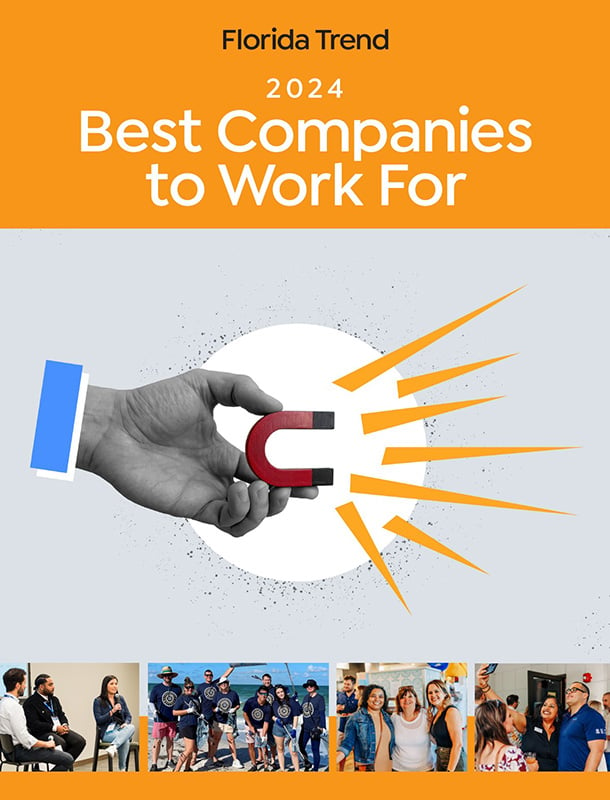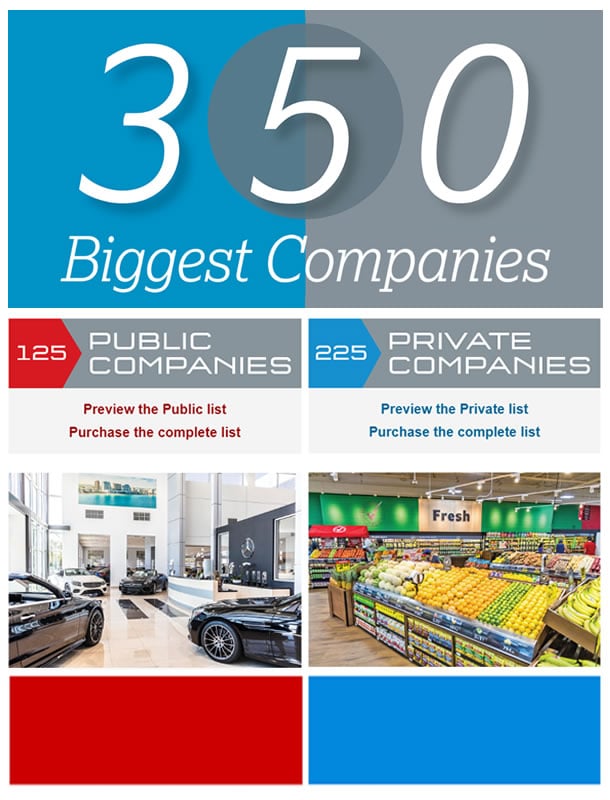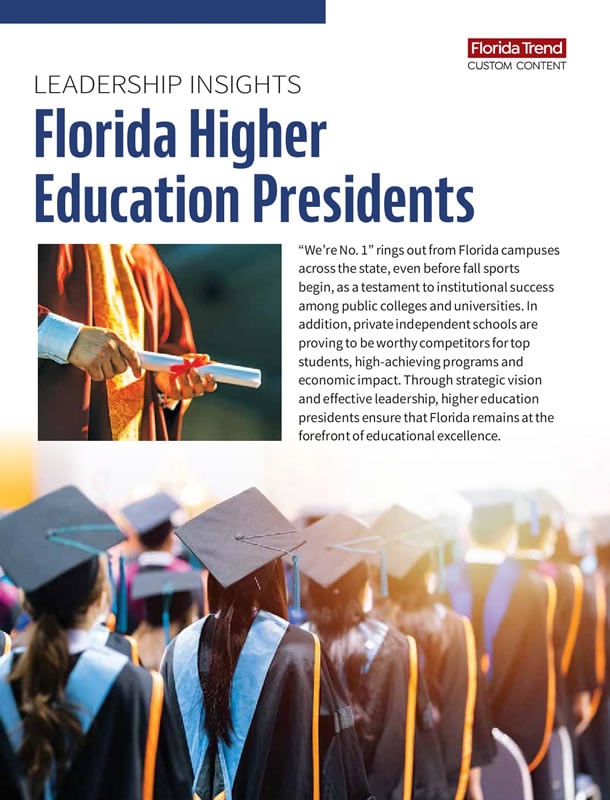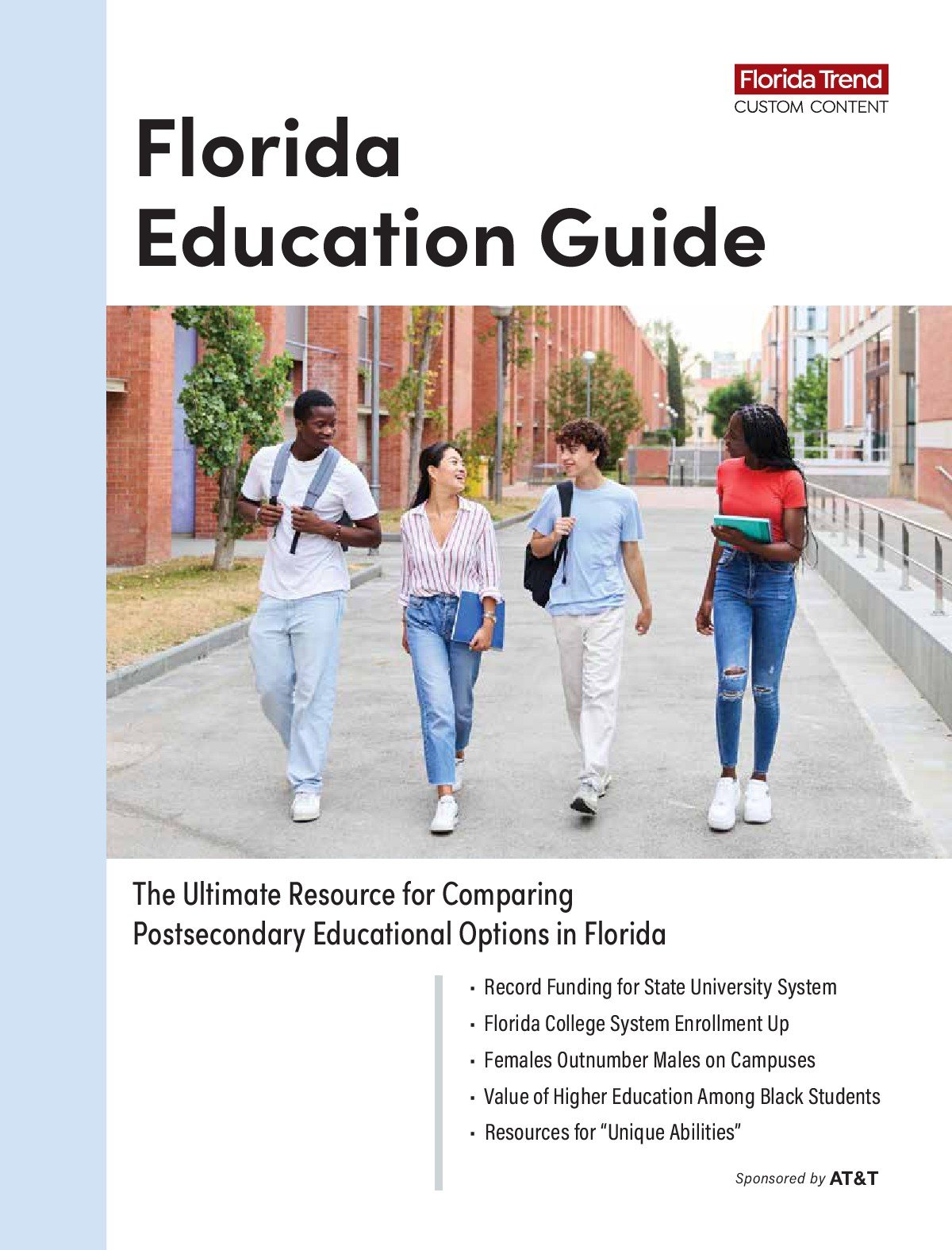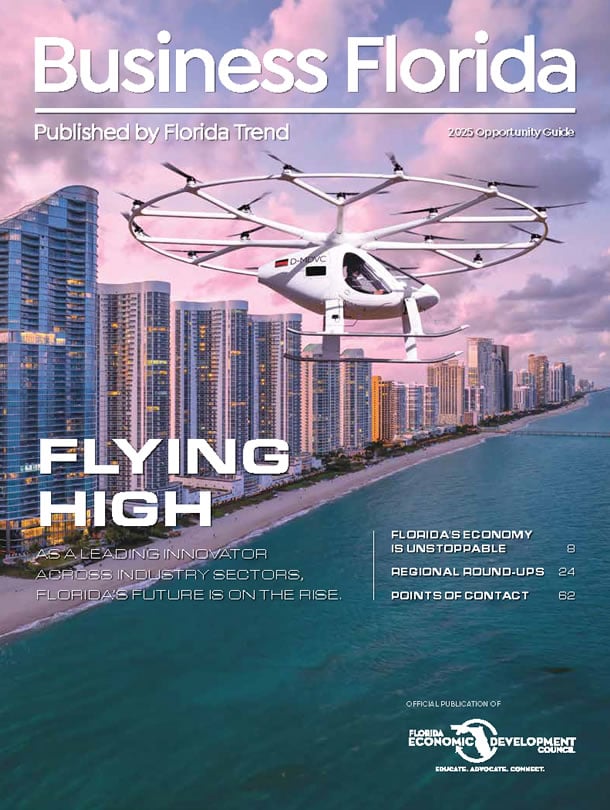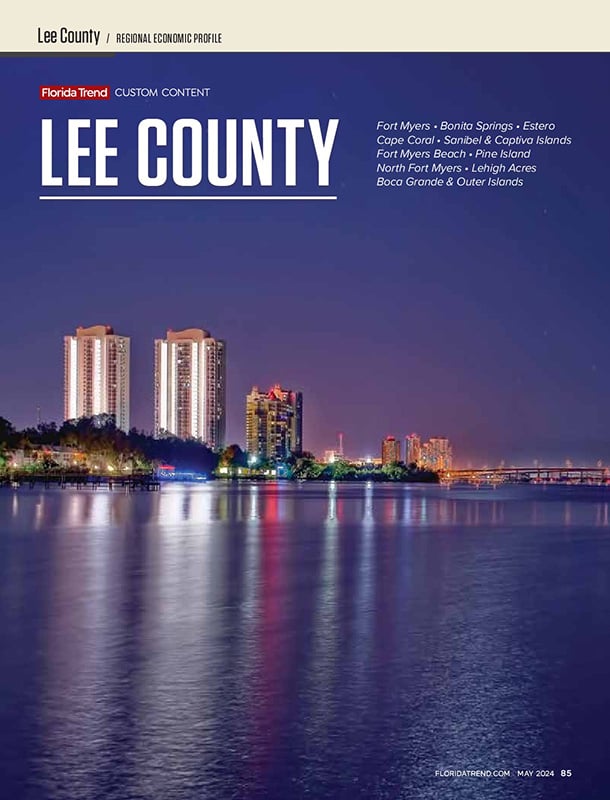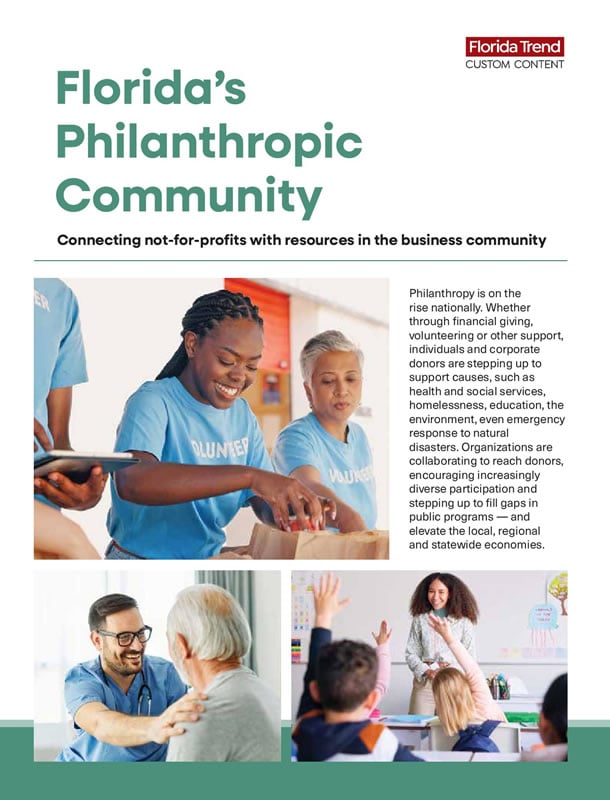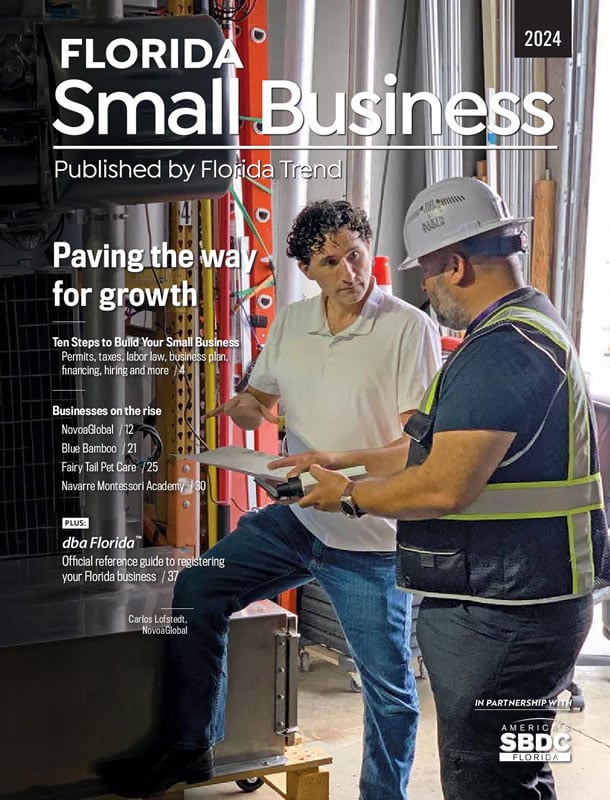HEALTH CARE TECH
Satish Movva has decades of experience in health care technology, helping to create several electronic medical record platforms and a web-based homecare and hospice system.
It became personal for him, though, when he became the primary caregiver for his aging parents. Each visit started to shock him. No matter how they reported their health to him, he continued uncovering problems, including edema, urinary tract infections and depressive episodes.
“Everything was fine and wonderful when we spoke (on the phone), but when I showed up in person ... I would find new and interesting things that were completely wrong with them,” Movva says. “Part of it is because, as parents, they probably did not want to burden me with their stuff. And secondly, I think as they are aging, their powers of observation decline.”
He created CarePredict in 2013 to better inform caregivers from afar. The company created Tempo, a wearable device that tracks a senior’s every move — from how much time they spend sleeping or sitting to what rooms they spend the most time in. Worn on the dominant wrist, it also tracks gestures like eating or bathing. Artificial intelligence chews up the continuous data stream, learns to detect abnormal behavior, and spits out alerts to caregivers.
It acts as the eyes and ears for health monitoring without intruding on privacy the way cameras could, Movva says. An uptick in bathroom trips, for instance, could give a head’s up about a potential UTI. Less time spent eating could indicate nutrition deficiencies. An increase in sedentary activity could forewarn balance issues and fall risks.
“In the olden days ... we lived close by, under the same roof or in the same town (as our parents). We had eyes on each other, so you had enough contact with mom or dad to know what their current behavior is and if it’s congruent with their norm,” says founder and CEO Movva. “I wanted us to get back to that because we kind of lost that. People are aging in isolation.”
CarePredict commercially launched Tempo in 2017. Over years and several iterations, the device has shrunk thanks to new technology and manufacturing efficiencies. It now has a microphone and speakers so wearers and caregivers can communicate, along with better sensors. Dead batteries can be easily removed and swapped with charged batteries, keeping the watch and its data flowing 24/7. It was also used during the height of COVID-19 for automated digital contact tracing.
A Tempo Series 3 home kit costs $449, which includes the wearable device, two batteries and a charge. (Tariffs may push prices up, Movva fears, with product manufacturing currently in China.) Tempo Series 4 launches this month.
Over the past year, CarePredict’s revenue has jumped more than 30%. This year, Movva anticipates another 50% of growth, getting them into the “double-digits” of millions of dollars. The product is in about 160 senior care facilities and worn by around 16,000 people, allowing CarePredict to amass the largest real-world fall database in the world. The Plantation-based company employs 14 people in Florida.
“Florida is the epicenter for aging in America — period,” Movva says. “If you’re building a product for aging technologies, this is the place where you want to start because this is where your customers are.”



